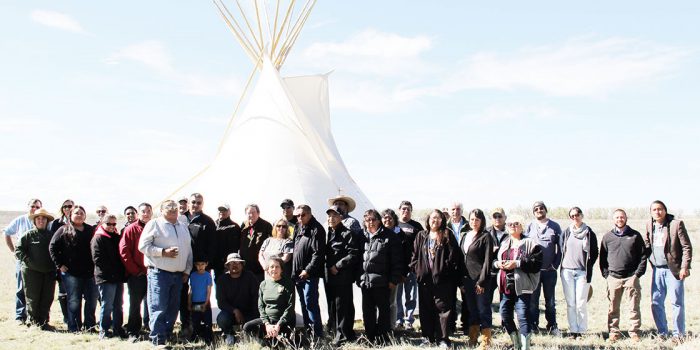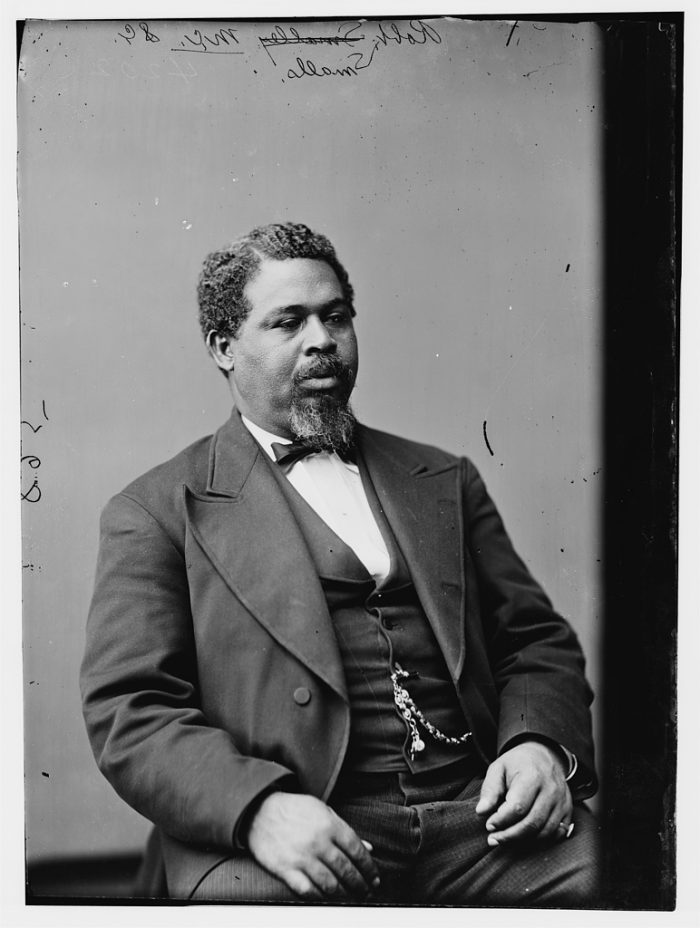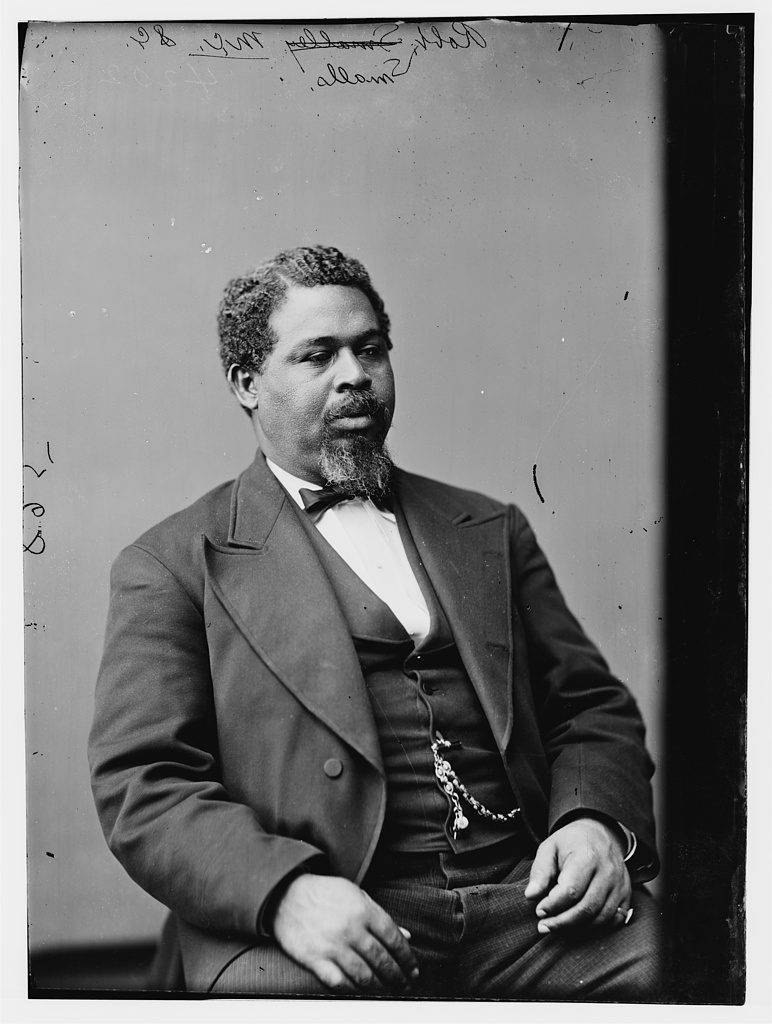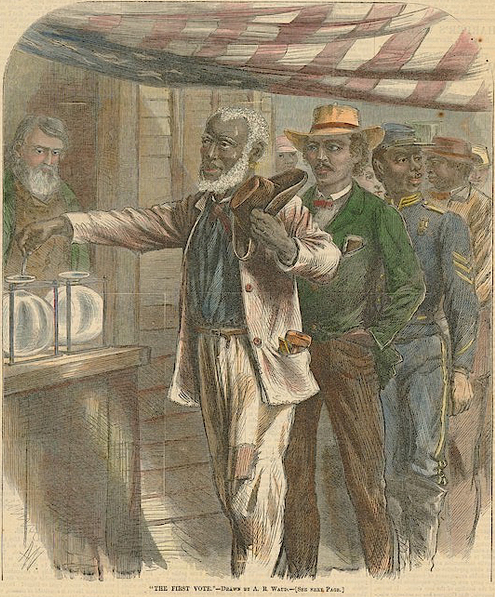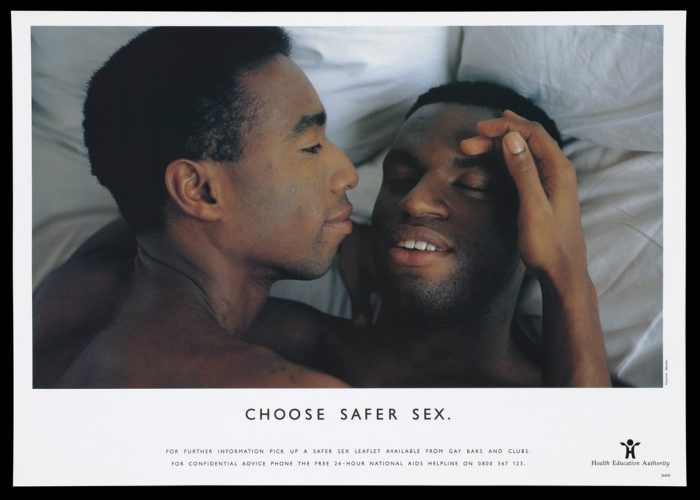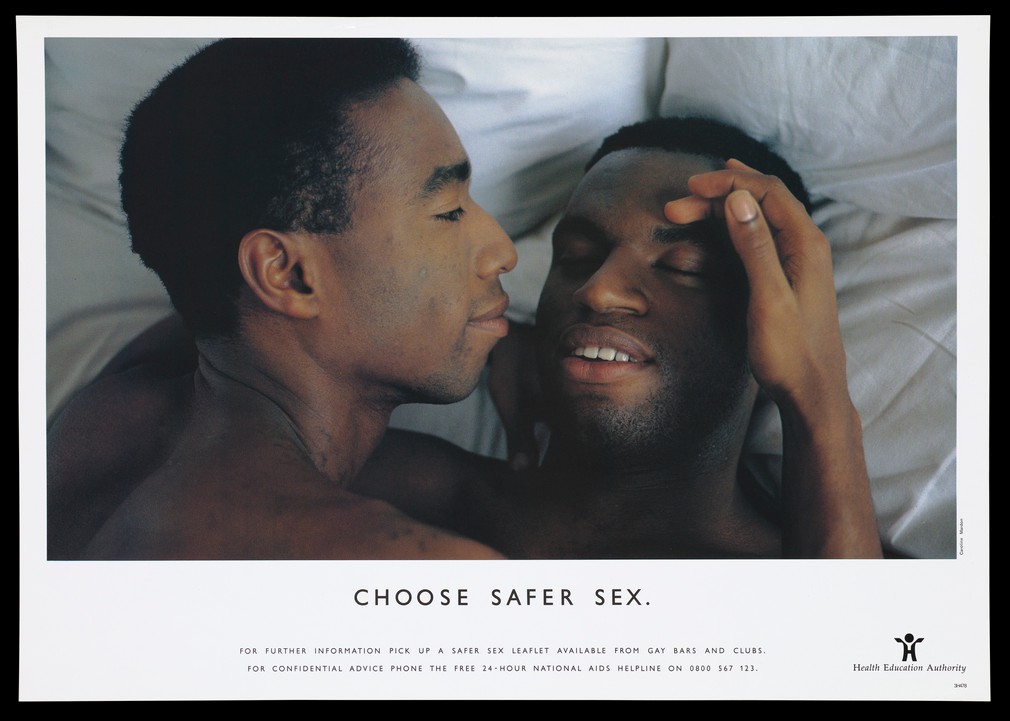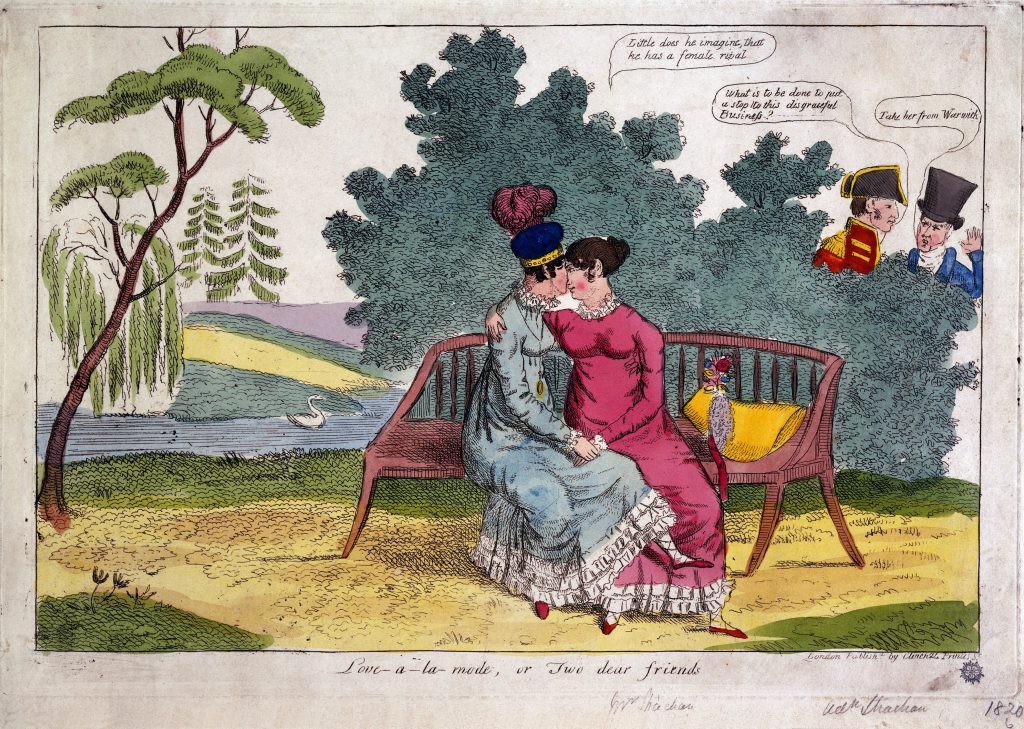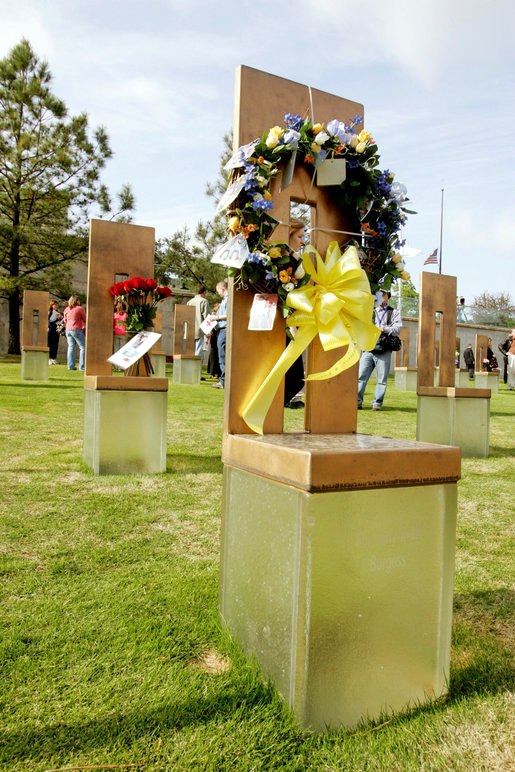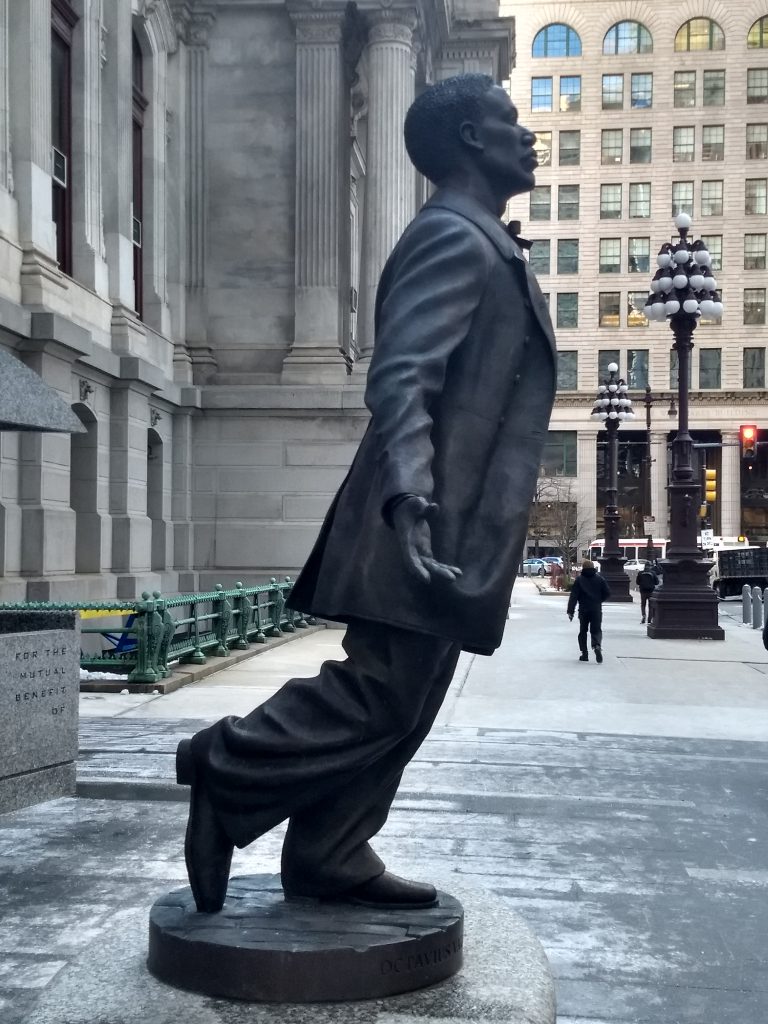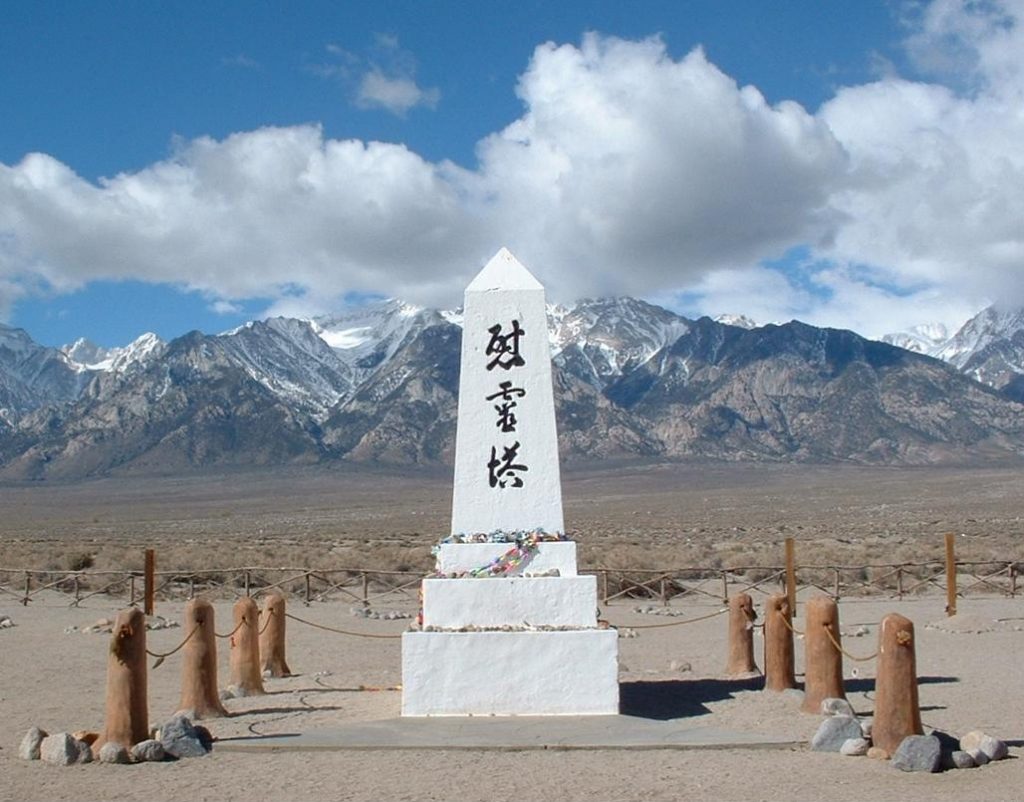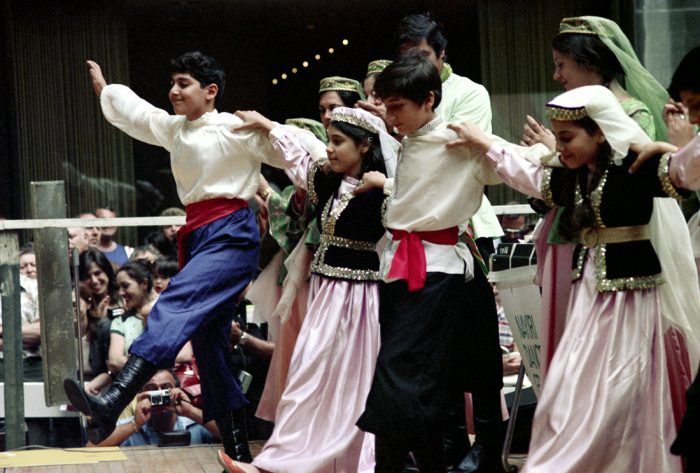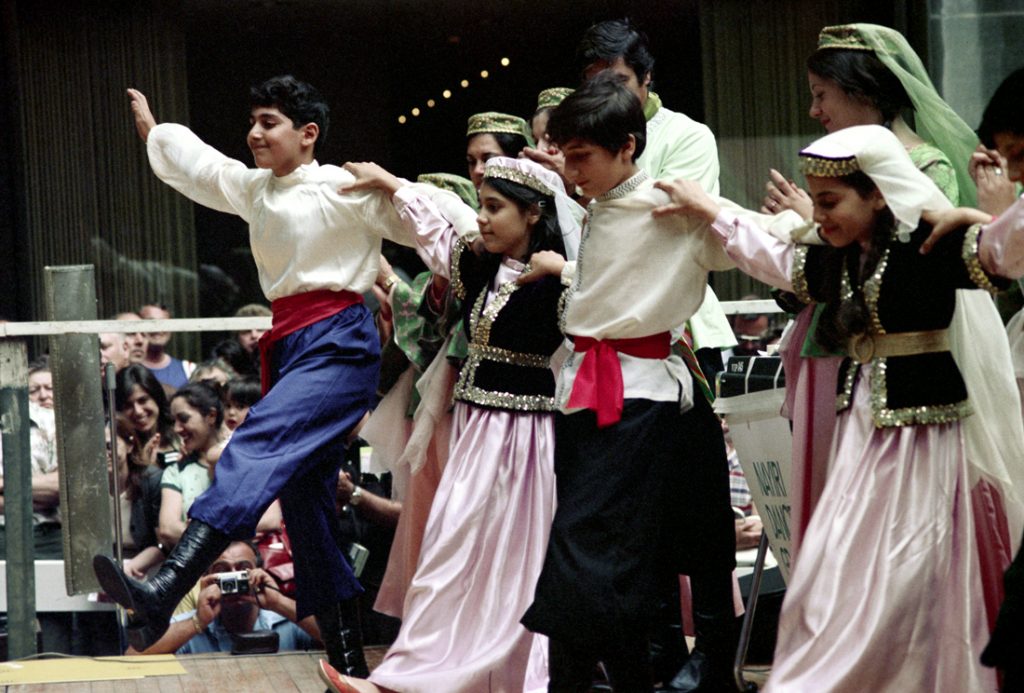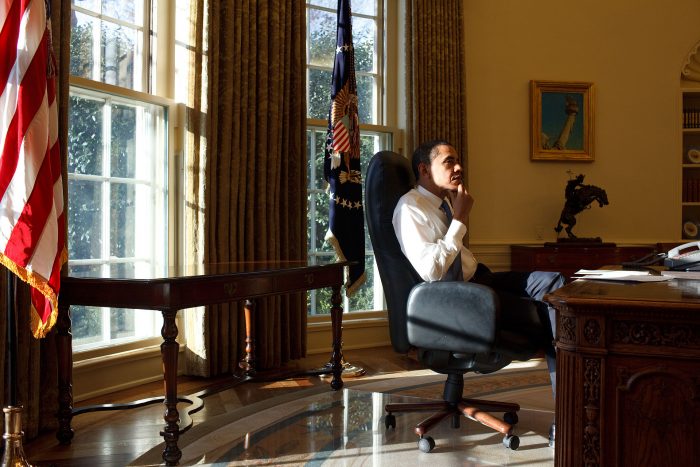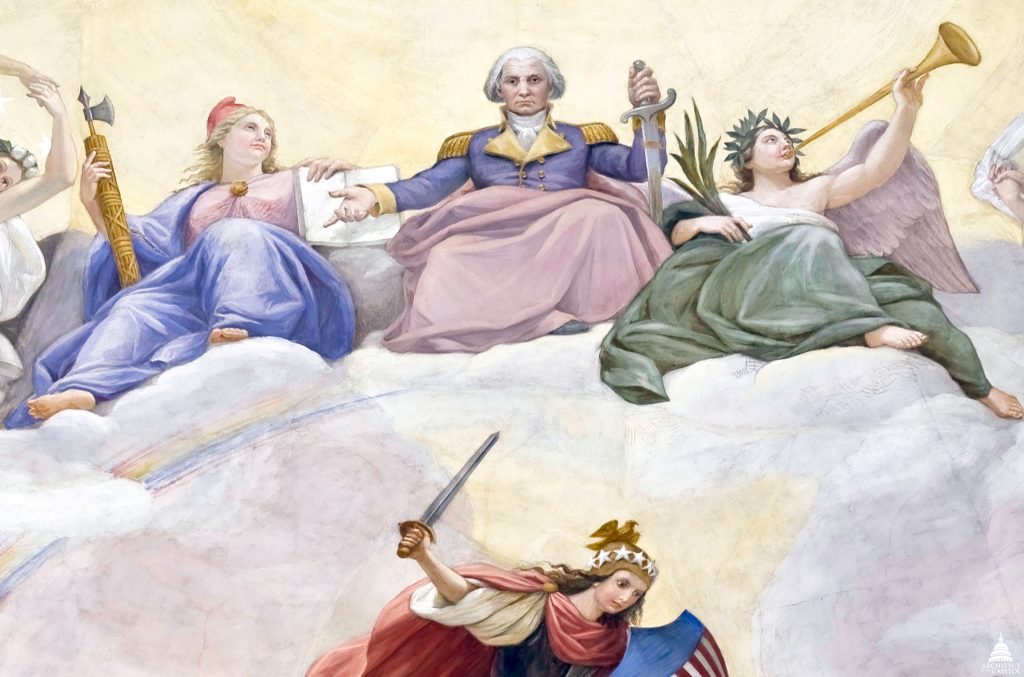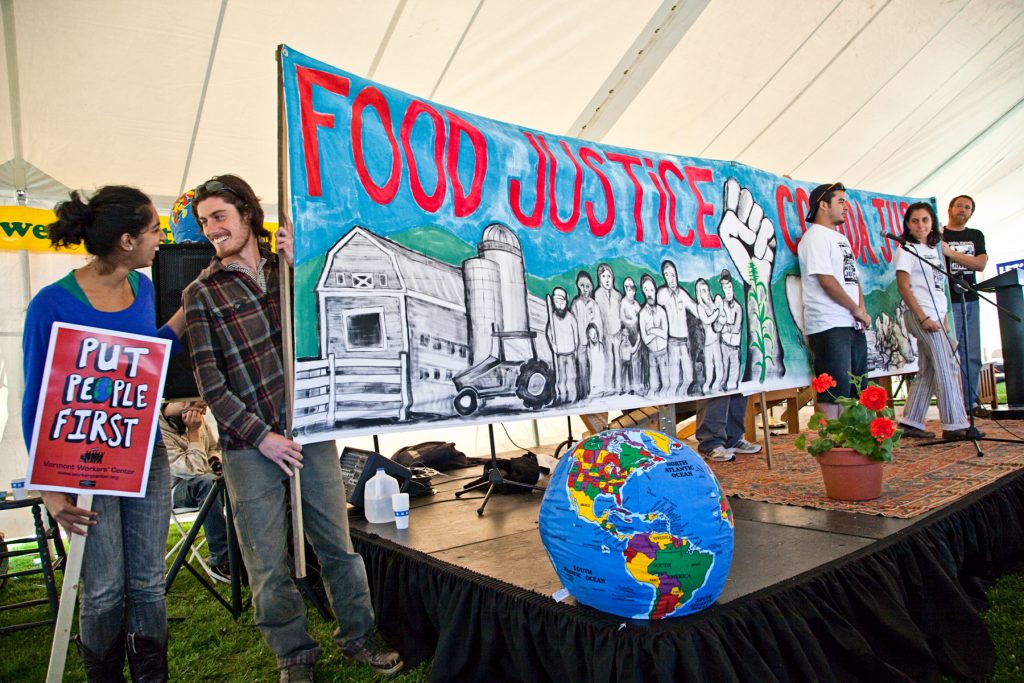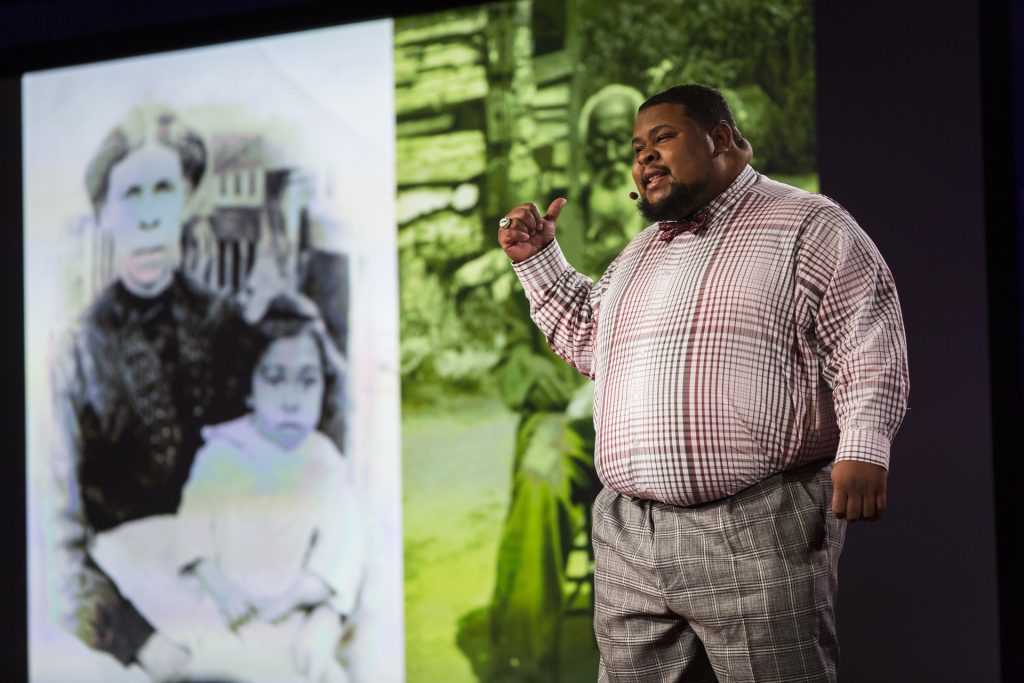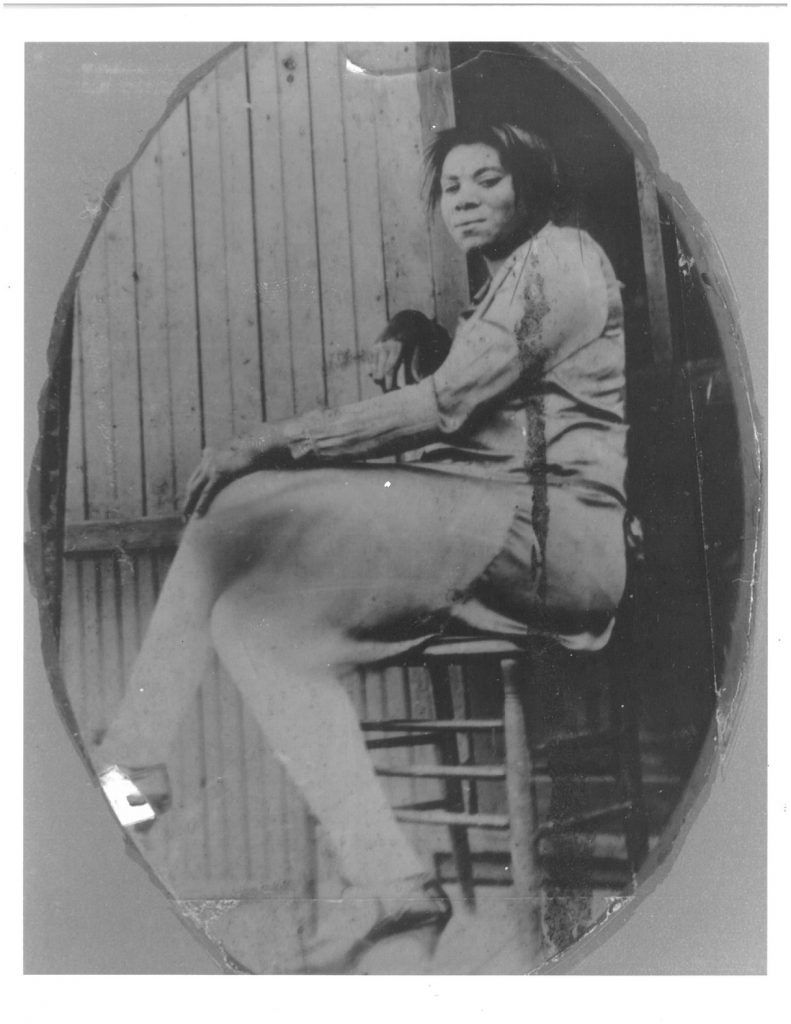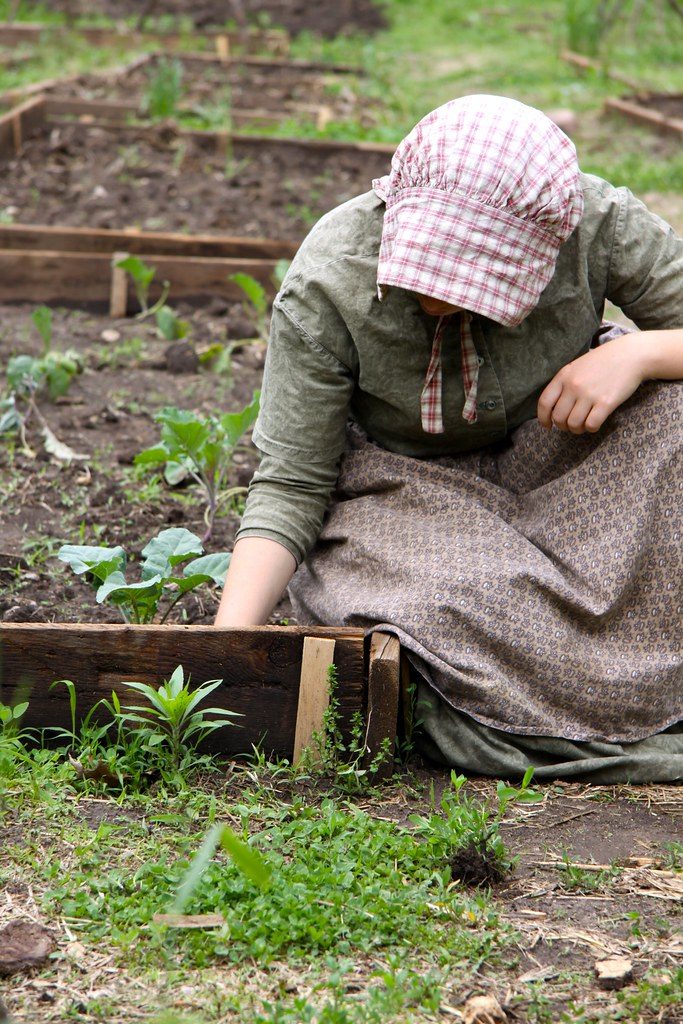
Defining “public history” precisely and succinctly has proven elusive, yet many recognize collaboration as one of public history’s most salient characteristics. Doing history for, and increasingly with, the public is a complex endeavor that combines the insights and contributions of multiple disciplines and participants. The ranks of the public historian’s potential collaborators are many: other public and academic historians, scholars from various disciplines, students in public history classes, museum professionals, archivists, architects, planners, governmental agency staff, corporate representatives, personnel of non-profits, members of neighborhood organizations, and a multitude of other publics. Collaborative practice empowers the discipline to put history to “work in the world,” an idea that Carl Becker advanced in his 1931 address “Everyman His Own Historian.”[i] This idea lies at the center of public historians’ sense of professionalism.
The public engagement that is inherently part of collaborative practice also highlights the role of history in civic culture. For much of the twentieth century, the American public valued history as an essential component of education and a contributor to national identity. Studying the past helped foster an understanding of American institutions and served to promote good citizenship and democratic change. By the 1970s, however, the importance of history in civic culture began to diminish. An employment crisis among university historians was partly to blame. So too were the budget cuts at the federal and state levels that ravaged many history-related institutions including museums, libraries, and historic sites. Arguably, the most significant factor concerned the growing insularity of academic historians who increasingly perceived their scholarly peers, not the public, as their primary audience. Research-focused colleges and universities have long considered peer-reviewed monographs and articles as the gold standard of scholarship, and these works intended for other academics became a requisite for faculty promotion and tenure. This trajectory only intensified in the volatile political climate after 1980 that, ironically, helped accelerate the rise of public history.
Public historians welcome collaboration with the public. Many believe that a holistic, collaborative examination of the past that confronts both the good and the bad can promote positive social and political changes. This willingness to engage with the public, public historians contend, can help restore the discipline’s beneficial influence in the civic culture.
Basic Principles of Collaboration
In the direct collaborative practice of history, every project is different and presents unique challenges, but following a number of basic principles contributes significantly to successful partnerships. Engagement and communication are key. All the collaborators must be fully vested in the project and willing to listen and learn from one another. Ideally, this starts with the planning of a project and continues through its completion. Every stakeholder should be involved in formulating the research design. This assures that all perspectives receive their due. Similarly, the project timeline and the setting of benchmarks requires mutual agreement. Throughout the course of a project, all involved need to remain in touch with one another and discuss what, if any, changes might be necessary to the research design, timeline, or other project matters. This deliberative and ongoing methodology is part of what is termed reflective practice.
Memorandum of Understanding
A written Memorandum of Understanding (MOU) or Memorandum of Agreement (MOA) is an excellent tool with which to forge a collaboration. Although seldom legally binding, a carefully crafted memorandum addresses exactly what will be done, who is responsible for certain tasks, when these tasks will be completed, and by whom. It also stipulates any necessary information if compensation is involved. A well-executed MOU or MOA clearly delineates the roles and responsibilities of all parties involved and is essential for collaborative practice to be successful.[ii]
Professional-to-Professional Relationships
As public history gained ascendancy in the mid-twentieth century, much of its collaborative practice entailed professional-to-professional relationships, many of them forged through the federal government. Section 106 of the National Historic Preservation Act of 1966 required assessing the impact of federal undertakings on historic resources and under certain circumstances mitigating adverse outcomes. Similarly, the National Environmental Policy Act of 1970 sought to protect the environment from harmful actions that accompanied federal projects. In addition to natural considerations, the law included determining impacts on the human environment, including historic sites and properties. Through these two pieces of legislation, public historians—some of them by establishing their own consulting firms—partnered with archeologists, architects, planners, engineers, and a variety of natural scientists. During this period, many federal agencies also increasingly valued the knowledge of the past as a foundation for formulating policy and helping to meet their stated missions. As a result, public historians found employment throughout the federal government, and their collaborators expanded to include bureaucrats. The same dynamic applied to public historians and state and, to a lesser degree, local governments. These alliances between public historians and other highly educated experts, sometimes including even academic historians, occasionally proved contentious. The advanced academic training and professionalism the partners shared, however, tended to facilitate the settling of differences.
Collaborating with Stakeholders
Since the 1980s, the collaborative practice of public history has progressively entailed the more challenging reality of professional practitioners working with partners having no formal academic training. These collaborators commonly are also among the project’s stakeholders. Oral history offers an excellent example. Professionally trained interviewers record informants who were involved in, or have special knowledge of, a project’s topic. Oral history informants work in partnership with skilled interviewers, engaging in a process of both historical inquiry and interpretation. Reconstructing and interpreting the past through oral history requires active participation by the trained professional and the interviewee. Their partnership produces the history. Similarly, a museum exhibit examining the role of a particular community—be it geographic, ethnic, racial, gender-based, political, economic, or social in nature—needs to be informed by members of that community. These public engagement practices in both oral history and museum exhibition have a long tradition, but have become even more common as the public history field has matured. The inclusion of non-academic partners in public history projects runs contrary to the traditional experience of many academic historians accustomed to self-defining and self-directing their own research. This collaborative practice of history with multiple, often non-academic, partners is one of the defining characteristics that sets public history apart from most academic history. It fundamentally involves doing history for and with the public.
The Question of Authority
Working with an array of collaborators, and especially those from outside the profession, potentially raises the question of authority. Where does authority rest when differences—subtle or profound—emerge among the partners? Where does agency lie? Who tells the story? Whose history is it? Public historians wisely recognize that the answers to such questions are rarely absolute. In wrestling with these conundrums, they have adopted the concept of shared authority, set forth originally by historian Michael Frisch. Born out of the dialogic methods of oral history, sharing authority entails taking into consideration the interpretations and perspectives of all stakeholders and collaborators, not just the trained professionals. It involves going beyond the scholar’s expertise as the sole basis for analysis and conclusions to include incorporating and respecting the viewpoints of all with an interest in the project. The intent is to create a more inclusive understanding of the past.
Public historians thus often find themselves situated in a middle ground between their collaborators and academics. While sharing authority requires openness to multiple perspectives, it does not mean ignoring the historical method, historiography, or well-established facts that historians use to craft a coherent and defensible interpretation of the past. Nor does it result in self-serving relativism, history being whatever a particular group or party says without substantiating evidence. Sound scholarship serves as the foundation for the collaborative practice of history, whether the collaborators are project partners or the entire public. It enables the fulfillment of the historian’s role in civic culture, a critical achievement in a society in which demagogues and other self-interested manipulators promote “alternative facts” and “fake news.”
Since there is no one way to practice history collaboratively or to pursue shared authority, the process can be messy and challenging. For example, one of the tasks faced by the National Park Service while establishing Sand Creek Massacre National Historic Site, opened in 2007, was locating the exact site of the 1864 attack on Black Kettle’s village near present-day Eads, Colorado. Volunteer cavalry under Colonel John Chivington killed more than 150 Cheyenne and Arapaho, many of them women and children, in the brutal assault. To address this question, the Park Service brought together a variety of collaborators: Cheyenne and Arapaho elders; local landowners; academic and public historians; and, archeologists. At first, traditional, empirical evidence derived from historical research and archeology, along with the work of a historically minded ex-detective, seemed to decide the question. Cheyenne elders strenuously disagreed. Taking into account both the academic conclusions, and the stories shared among generations of tribal members with deeply personal spiritual connections, led project leaders to a different, synthetic, and arguably better understanding of how to interpret where the massacre occurred. The Park Service’s attempt to locate the massacre site certainly exemplified collaborative practice by bringing the stakeholders together, but it failed to answer the question definitively. The solution required the expansion of the site’s originally envisioned boundaries to include both locations. In effect, this transcended traditional scholarly methods by accepting two culturally different ways of revealing the past.[iii]
Ethical Issues
Anyone navigating through the complexities of collaboration—and authority—will also need to consider related ethical issues. In 2007, the National Council on Public History issued its Code of Ethics and Professional Conduct. This document organizes the ethical practice of public history around the public historian’s responsibilities, as well as those pertaining to three different constituencies: the public; clients and employers; and members of the profession. Guiding principles for all these categories apply to collaborative practice, but those attached to responsibility to the public are most germane. They recognize that many diverse publics exist and can complement or compete with one another in interpreting the meaning of the past. Nevertheless, the public historian has an ethical obligation to conduct research with scholarly integrity, while also striving to be culturally inclusive and respecting the interpersonal dynamics that the collaborative practice of history inherently entails. Sometimes this can be challenging. Strong-minded collaborators may be unable to reach a consensus, but the public historian bears the final responsibility for the ultimate results of a project.[iv]
Examples of Collaborative Practice
Contemporary examples of collaborative practice in public history abound, simply because the interests of both professionals and non-professionals are intertwined. The Organization of American Historians and the National Park Service, for example, collaborate in a program designed to incorporate the best and most current scholarly research into historical interpretation at national parks. Museums, libraries, historical organizations, historic sites, and other history-related institutions routinely seek to give voice to the publics they serve in the history-making process by following the principles of collaborative practice. Letting Go: Sharing Historical Authority in a User Generated World (2011) provides intriguing case studies of this dynamic in museums seeking connections with the public in an increasingly digital world.[v] Public history educators commonly employ collaborative practice in their courses by having students undertake museum exhibits, conduct oral histories, and other projects with both on- and off-campus partners. One need not delve deep in the field’s literature to discover discussions of the influence of collaboration on the practice of public history. The winter 2006 volume of The Public Historian, organized around the theme “Public History as Reflective Practice,” is a valuable place to start exploring the many practical, ethical, and theoretical dimensions of doing public history collaboratively.[vi]
Doing public history almost always demands a degree of collaborative practice, and successful collaboration can often be challenging. It requires employing the deliberate planning and execution inherent in the concept of reflective practice. A willingness to be inclusive and share authority with different publics is absolutely essential. At the same time, the professional public historian must be mindful of the ethical considerations that arise between academics and their non-scholarly collaborators. Nor can the relevant academic scholarship and the historical method be ignored. Collaborative practice is often complex and messy, and sometimes succeeds and sometimes does not. At its best, the collaborative practice of public history provides valuable perspectives that help us better understand the present and envision the future by creating a history that is nuanced, inclusive, and useful to everyone.
Notes
[i] Carl L. Becker, “Everyman His Own Historian,” American Historical Review 37 (January 1932): 221-236. Also available online at https://www.historians.org/about-aha-and-membership/aha-history-and-archives/presidential-addresses/carl-l-becker. The National Council on Public History uses the phrase “putting history to work in the world” in its mission statement.
[ii] Searching “Memorandum of Understanding” or “Memorandum of Agreement” on the National Park Service’s web site, www.nps.gov, will yield numerous example of such documents. They involve a variety of partners, the most numerous being other governmental agencies at the federal and state level. Despite the diversity of partnerships they reflect, all the memorandums include language that assures the purpose of the collaboration, the responsibilities of each party, timelines, and other details meant to assure a successful outcome. For an example of a Memorandums of Understanding used for student internships in a collegiate public history program, click on the link to Washington State University’s MOU, accessible though the web page https://history.wsu.edu/graduate-studies/public-history-track/public-history-internships/.
[iii] The website for Sand Creek Massacre National Historic Site can be found at https://www.nps.gov/sand/index.htm. The story of Sand Creek, the effort to determine the location of the massacre, and the influence of memory in establishing the site are the subject of Ari Kelman’s A Misplaced Massacre: Struggling Over the Memory of Sand Creek (Cambridge: Harvard University Press, 2016).
[iv] NCPH’s Code of Ethics and Professional Conduct can be found at http://ncph.org/about/governance-committees/code-of-ethics-and-professional-conduct/.
[v] Bill Adair, Benjamin Filene, and Laura Koloski, eds., Letting Go: Sharing Historical Authority in a User-Generated World (Walnut Creek, CA: Left Coast Press, Inc., 2011).
[vi] “Public History as Reflective Practice,” The Public Historian 28 (Winter 2006).
Suggested Readings
Babal, Marianne. “Sticky History: Connecting Historians with the Public.” The Public Historian 32 (Fall 2010): 76-84.
Corbett, Katharine T., and Howard S. (Dick) Miller. “A Shared Inquiry into Shared Inquiry.” The Public Historian 28 (Winter 2006): 39-66.
Frisch, Michael H. A Shared Authority: Essays on the Craft and Meaning of Oral and Public History. Albany: State University of New York Press, 1990.
Lindsay, Anne. “Student and Community Organizations: Creating Productive Partnerships.” Technical Leaflet 279. American Association for State and Local History.
Tyrell, Ian. Historians in Public: The Practice of American History, 1890-1970. Chicago: University of Chicago Press, 2005.
Weible, Robert. “What’s Happened to Historians.” History News Network, May 28, 2017. Available online at: https://historynewsnetwork.org/article/165805.
Author
~ Bill Bryans has been putting history to work in the world for over forty years in a variety of capacities. During that time, he has been a consultant, and until his retirement in July 2019 directed the public history program at Oklahoma State University for thirty-one years. He also has served as president of the National Council on Pubic History, president of the Oklahoma Museums Association, and chair of the Oklahoma Humanities Council. Locally, he also has long served as a board member of the Payne County Historical Society and the Stillwater Museum Association.

